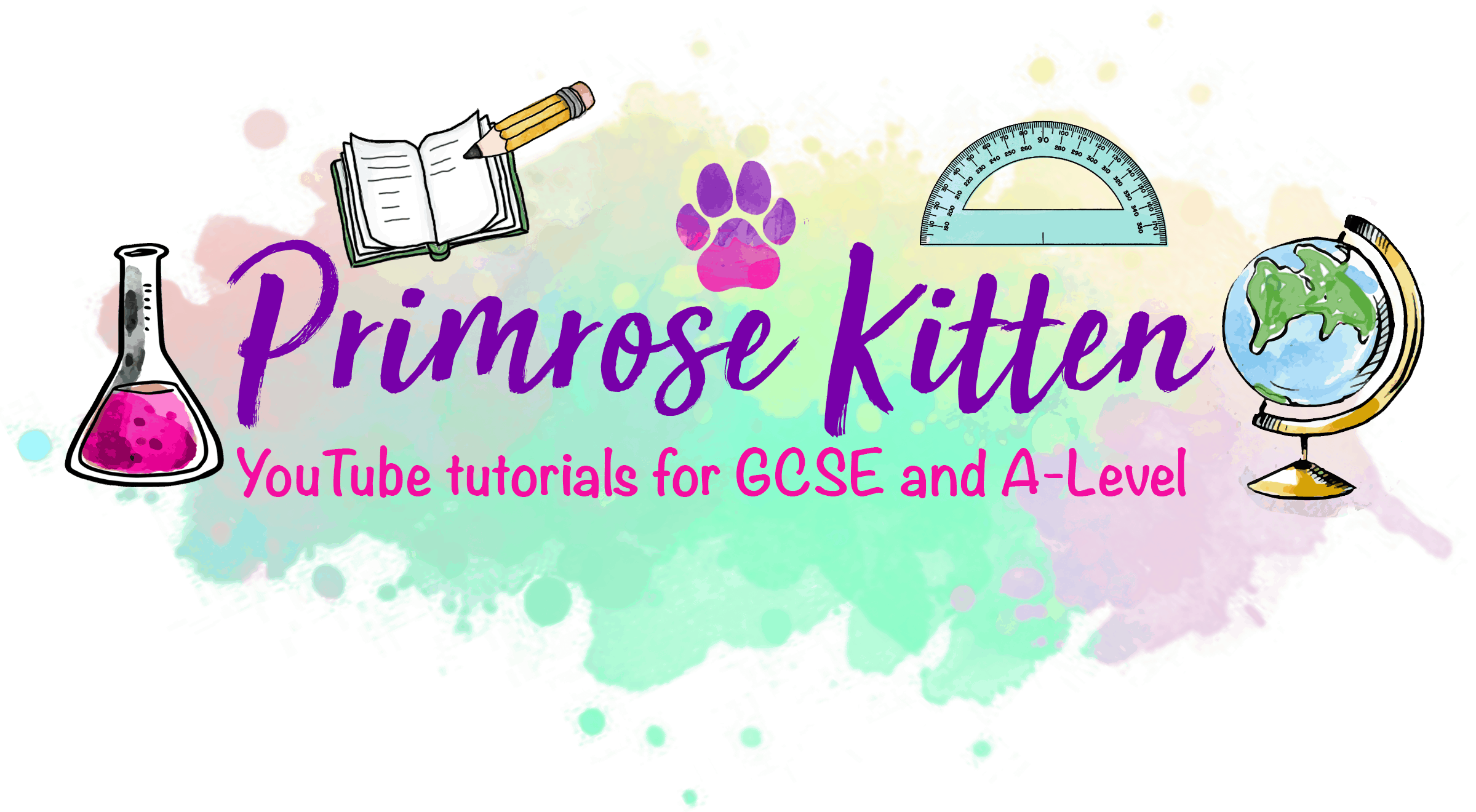GCSE Earth and Space – Orbits and moons
Learning Objectives
-I can recall the angle that the Earth is tilted at
-I can recall the spin of the Earth
-I can how often the Earth orbits the Sun
-I can describe how the tilting of the Earth forms the seasons
-I can describe the characteristics of winter and summer
-I can recall the orbit of the Moon
-I can recall the spin of the Moon
-I can compare conditions on the surface of the Moon to those on the Earth
-I can describe the formation of phases of the Moon
-I can describe the formation of a solar eclipse
-I can describe the formation of a lunar eclipse
-I can use the words umbra and penumbra to describe eclipses
-I can describe and explain the safety measures that must be taken when observing an eclipse
Quiz Summary
0 of 25 Questions completed
Questions:
Information
You have already completed the quiz before. Hence you can not start it again.
Quiz is loading…
You must sign in or sign up to start the quiz.
You must first complete the following:
Results
Results
0 of 25 Questions answered correctly
Your time:
Time has elapsed
You have reached 0 of 0 point(s), (0)
Earned Point(s): 0 of 0, (0)
0 Essay(s) Pending (Possible Point(s): 0)
| Average score |
|
| Your score |
|
Categories
- Not categorized 0%
- 1
- 2
- 3
- 4
- 5
- 6
- 7
- 8
- 9
- 10
- 11
- 12
- 13
- 14
- 15
- 16
- 17
- 18
- 19
- 20
- 21
- 22
- 23
- 24
- 25
- Current
- Review
- Answered
- Correct
- Incorrect
-
Question 1 of 25
1. Question
What angle is the Earth tilted at?
CorrectIncorrect -
Question 2 of 25
2. Question
How often does the Earth rotate?
CorrectIncorrect -
Question 3 of 25
3. Question
What is an orbit?
CorrectIncorrect -
Question 4 of 25
4. Question
What does the Earth orbit?
CorrectIncorrect -
Question 5 of 25
5. Question
How often does the Earth orbit the Sun?
CorrectIncorrect -
Question 6 of 25
6. Question
How does the orbit of the Sun create summer?
CorrectIncorrect -
Question 7 of 25
7. Question
How does the orbit of the Sun create winter?
CorrectIncorrect -
Question 8 of 25
8. Question
What does the orbiting of the Earth around the Sun create?
CorrectIncorrect -
Question 9 of 25
9. Question
What temperature is associated with summer?
CorrectIncorrect -
Question 10 of 25
10. Question
What temperature is associated with winter?
CorrectIncorrect -
Question 11 of 25
11. Question
What does the moon orbit?
CorrectIncorrect -
Question 12 of 25
12. Question
How often does the moon orbit the Earth?
CorrectIncorrect -
Question 13 of 25
13. Question
How often does the moon spin around?
CorrectIncorrect -
Question 14 of 25
14. Question
What is the surface of the moon covered in?
CorrectIncorrect -
Question 15 of 25
15. Question
What is an eclipse?
CorrectIncorrect -
Question 16 of 25
16. Question
What bodies are aligned during an eclipse?
CorrectIncorrect -
Question 17 of 25
17. Question
What is the umbra?
CorrectIncorrect -
Question 18 of 25
18. Question
What is the penumbra?
CorrectIncorrect -
Question 19 of 25
19. Question
What is a solar eclipse?
CorrectIncorrect -
Question 20 of 25
20. Question
What happens to the umbra during a solar eclipse?
CorrectIncorrect -
Question 21 of 25
21. Question
What happens to the penumbra during a solar eclipse?
CorrectIncorrect -
Question 22 of 25
22. Question
What is a lunar eclipse?
CorrectIncorrect -
Question 23 of 25
23. Question
What happens to the umbra during a lunar eclipse?
CorrectIncorrect -
Question 24 of 25
24. Question
What happens to the penumbra during a lunar eclipse?
CorrectIncorrect -
Question 25 of 25
25. Question
What should not be used when looking at an eclipse?
CorrectIncorrect

